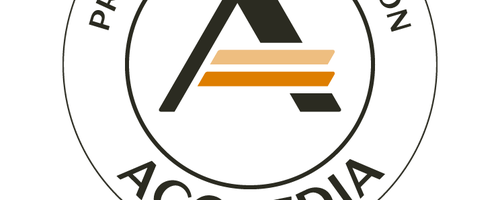Sampling
Sampling is a process by which a representative part of a “population" is selected for the purpose of determining characteristics of the whole population. Sampling takes place because it is neither practical nor cost effective to examine each individual item during an audit.
Just for the records: HQAI sampling procedures are in conformity with ISO standards.
What do we mean by "country programme"?
A country programme is a country where the organisation implements its activities, operations, programmes and projects.
Organisations have different numbers of country programmes and HQAI must make sure that the audit is representative of the organisation and its audited mandate(s). The more country programmes an organisation has, the larger is the sample and, respectively, the higher is the cost of the audit.
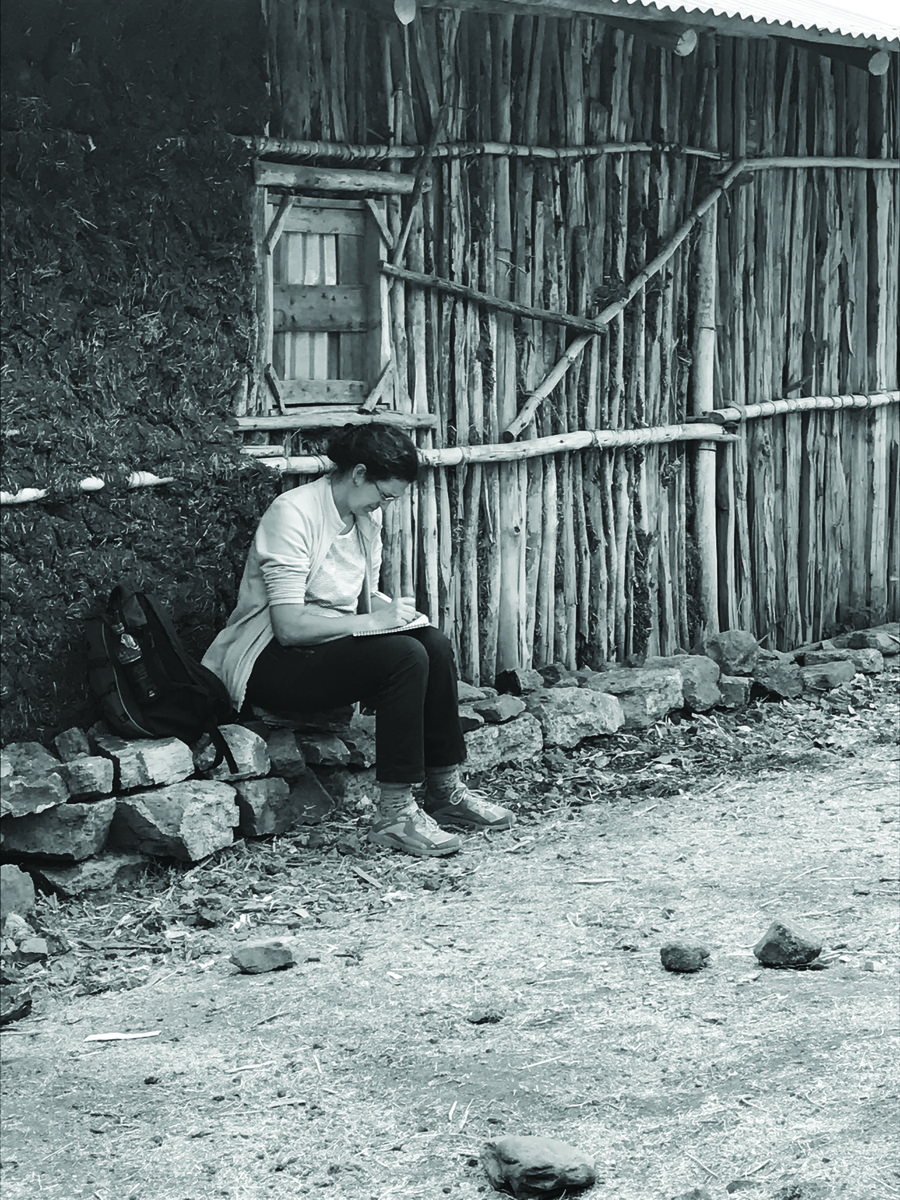
Sampling is the responsibility of HQAI auditors who follow a three-step process:
This step is crucial to ensure representativeness and robustness of the audit findings. The auditors start with a random selection of the country programmes as follows (the sampling sizes indicated in the reference table are minimum numbers):
- Initial Audit: the square root of the total number of country programmes, rounded to the upper integer.
Minimum sampling size = √(Total number of country programmes) - Maintenance/Midterm audit: 60% of the square root of the number of country programmes, rounded to the upper integer.
Minimum sampling size = 0.6 √(Total number of country programmes) - Recertification or renewal of verification = same as initial.
But if the management system has proven to be effective over a period of four years, the size of the sampling can be reduced to 80% of the square root of the number of country programmes, rounded to the upper integer.
Minimum sampling size = √(Total number of country programmes)
The auditors then make sure these programmes accurately represent the organisation’s work. If they don’t, the auditors can select different programmes which they consider more representative. However, 25% of the sample must remain from the the random selection.
The audit team will physically visit one or more country programmes. The number of programmes to be visited is provided in the table below (again these are minimum numbers). The other sampled programmes will be assessed remotely.
The audit team selects the country programmes to visit based on a variety of factors:
- complexity of the organisation
- representation of different situations
- security level
- robustness of internal/external quality control mechanisms
- representation of geographic areas
- overal feasibility
- access to communities
- needs and preferences of organisation
- types of partnerships
For national organisations the same method applies with projects instead of country programmes.
Within each country visited by the auditor, specific projects and partners are identified for a visit. These must provide a good picture of the activities of the organisation in the country.
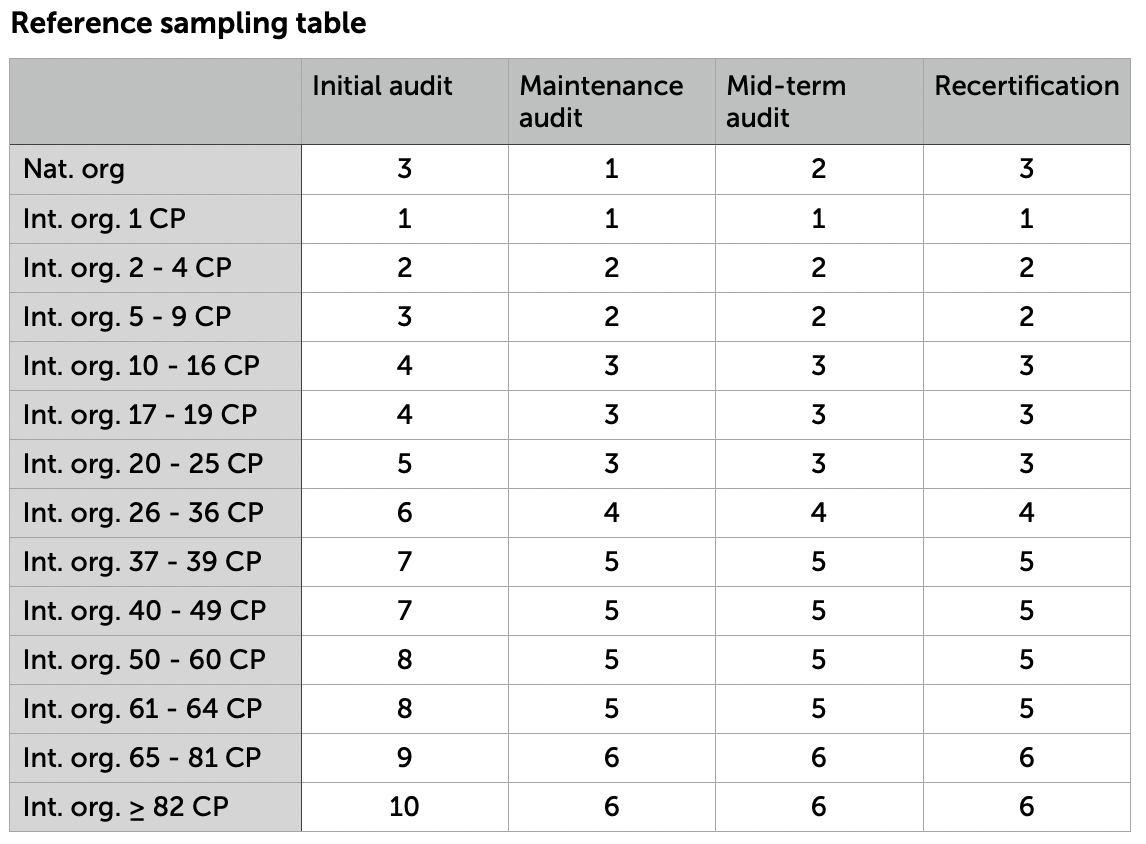
< The sampling sizes indicated in this reference table are minimum numbers
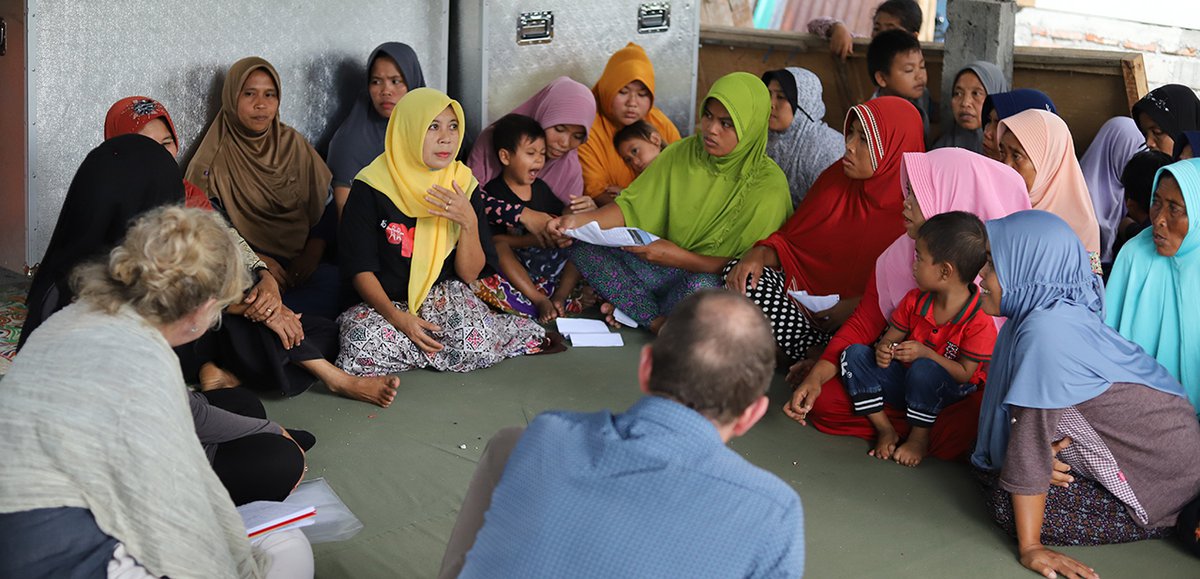
Example to illustrate the process of sampling
Let's imagine an initial audit of an international organisation that has 17 country programmes (numbered 1 to 17).
- Identification of number of samples (√17 = 4,12 => 5).
- Random identification of samples (4, 9, 7, 14, 5)
- Analysis of whether the random sampling covers the breadth of situations in which the organisation works. The auditors identify that a sampling covering 4, 8, 7, 12 and 5 would be more adequate. This new sample includes 3 country programmes (4, 7 and 12) that are suitable for a site visit. At least 25% of the samples remain randomly selected (3 out of 5 = 60%).
- Final choice of the programme to be visited (4)
- Identification of country programmes where to undertake remote interviews.
- In this case 50% of the remaining 4 samples (8, 5)
- Identification of country programmes where to undertake a document review.
- In this case 50% of the remaining 4 samples (7, 12)
- Identification of project sites to sample
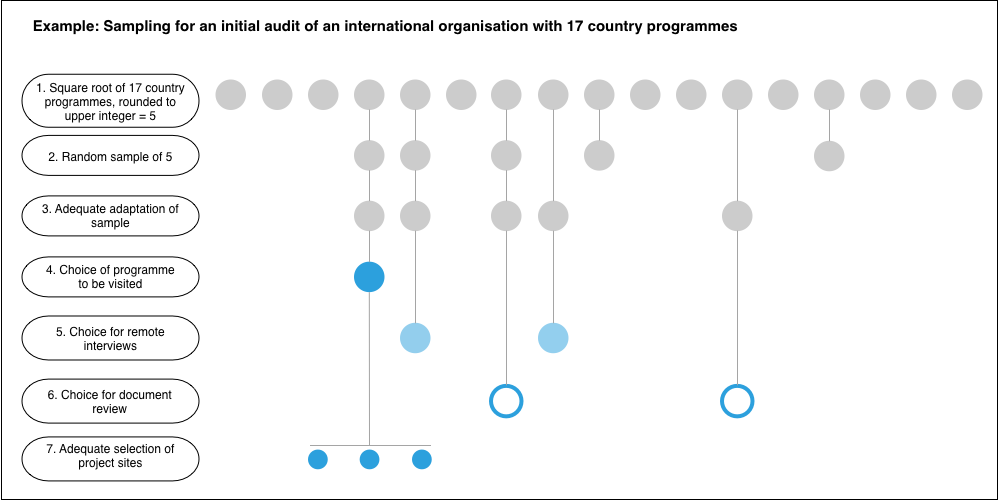
More information
Different HQAI Policies, Procedures and Manuals cover the sampling process. Please ask for more detailed information at contact@hqai.org

What our auditors have to say
Let Jo and Johnny tell you about the benefits of meeting with communities.
